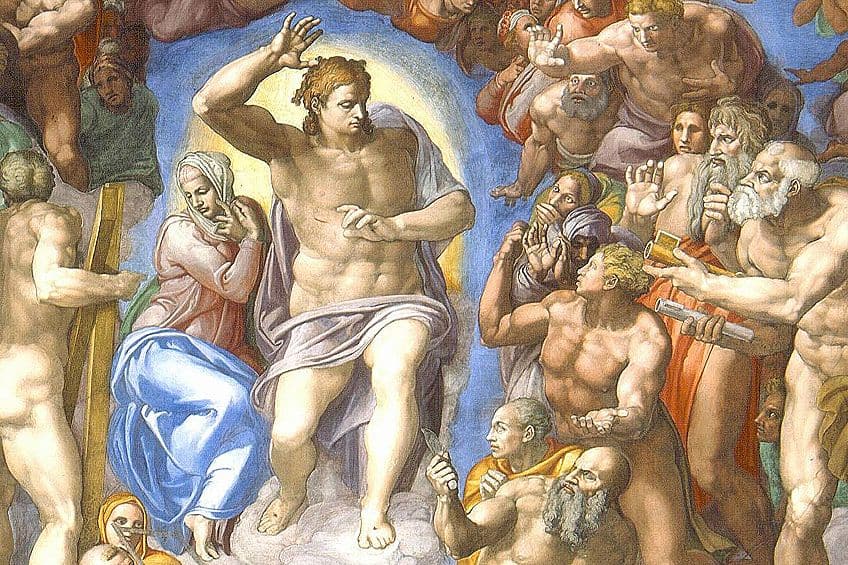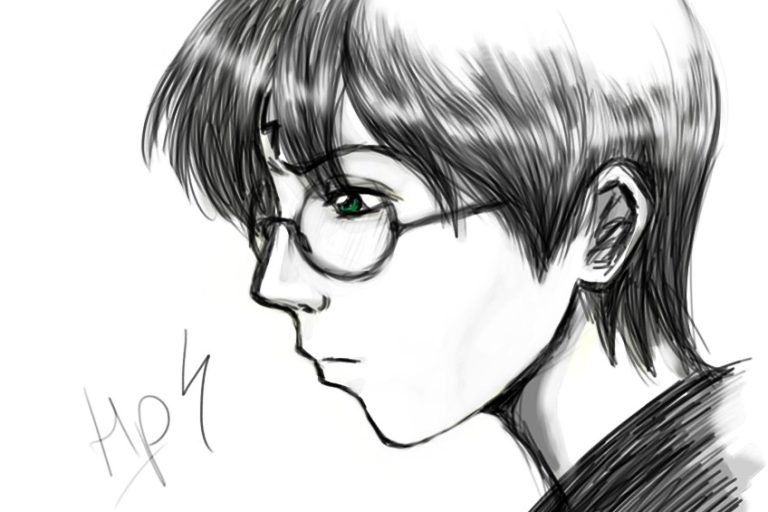Is Art Subjective? – Understanding Subjectivity in Art
Subjective art and objective art have been butting heads in a long-standing debate in the art world. The meaning of art and how it has been perceived has been a long-held question mark in the minds of millions. This article will discuss the question around subjectivity in art, stating a case for it and against it, and will also discuss objective art and how there can be a possible middle ground between both approaches.
Is Art Subjective?
Subjectivity in art is a controversial topic because it brings up questions about what the “right” and “wrong” way is to define the value of an artwork. Who or what determines an artwork’s value, and does personal taste or perspectives influenced by socio-historical and political ideas have a significant role in art making?
For a better understanding of the importance of discussing the topic of subjectivity in art, let us first explore the definition of art for more context. What is art? If you think about it for a second, you will immediately have a knowledge of what it is, right? Maybe you are thinking of a painting, drawing, or a visual depiction of an object. Or you might think of a sculpture, a building, a piece of music, a movie, a book, or even an AI-generated image.
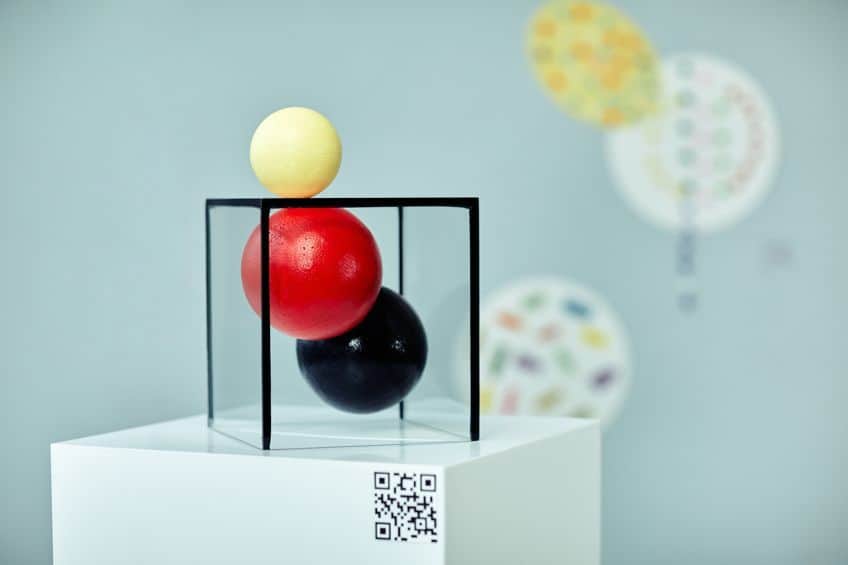
It is important to note that art is a broad and complex term with various definitions. It can be a noun or verb. It refers to any form of creative expressive outlet and is defined by the dictionary as a “conscious” utilization of a “skill” or “creative imagination” to produce “aesthetic objects”. It also refers to the physical object that is created through this creative expression.
Art is deeply connected to our (human) self-expression and we’ve been doing and making it since the dawn of time. Think back to the cave art days, or the wide variety of wooden tribal masks or statues, or art found in Medieval and Renaissance cathedrals to venerate God and the saints, and in our 21st-century world today, think of AI-generated graphics.
Art is a mode for humanity’s inner world and is molded and shaped by the expressive needs and creative desires of where and how humans have existed over the centuries.
Art is almost like an innate inclination. It needs to find form through us. Does this not sound subjective? Can the idea of subjectivity be extracted from art? Can the two be mutually exclusive? Can art be objective? What does this even mean? However, art has also been honed over time, transcending its role as just a means to an end, so to say, of creative self-expression. It has become a profession too, an intentional trade or craft. It can be studied and applied according to a set of rules and principles. Does this not sound objective? More regulated and less personal? Where is the emotion in this?
To Art or Not to Art: A Case for Personal Taste or Not
The section below will first set the stage and provide a definition of the terms subjective and objective. It will then discuss ideas around the subjectivity of art, exploring the relevancy of personal taste and how perceptions are shaped. It will then discuss ideas that go against the subjectivity of art, discussing the presence of objective criteria when it comes to analyzing art, including intentional artmaking that can inform more objective evaluations.

Defining Subjective and Objective
When discussing the subjectivity of art, it will help to understand what this term means and what its opposite term, “objectivity”, means too. Subjective relates to the personal meaning ascribed to something. It involves individual or unique perspectives and emotions. Objectivity is depersonalized and usually described as “unbiased”. There is no emotional meaning attached to something like perspectives, judgments, or criticisms.
Meaning is deduced through data or facts.
Putting the Object in Objective
Before we move on, it is important to note that the definition of objective can also relate to art that includes or represents known objects or figures (humans or animals) that are understood as occurring in real life. This is also referred to as “figurative” or “representational” art. This compares to non-objective art, which is more abstract and “non-representational”. It does not include objects or figures that are identifiable in nature. It is also usually created from the fundamental building blocks, or art elements, that compose artworks like color, space, shape, form, line, and texture.
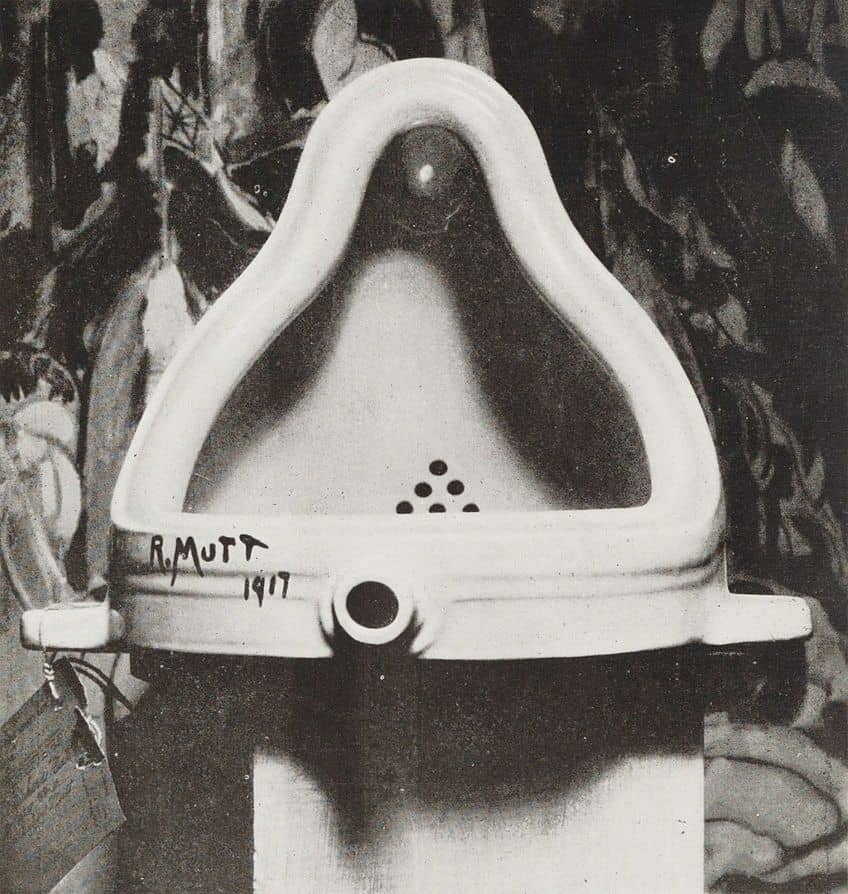
The Case for Art Being Subjective
Now that you have a basic understanding of the meanings included in the subjectivity and objectivity of art, let us explore the question around, “Why is art subjective?”. This points to the idea of personal taste, which ultimately underlies subjectivity in art. Personal taste is also a broad and complex topic. It is formed by inner beliefs, desires, proclivities, perceptions, and external societal and cultural influences. The tastes of one person can be different from the tastes of another.
It can include the artist’s taste, which will inform the subject matter of the artwork, which can range from paintings, drawings, sculptures, graphic arts, or any other visual arts.
It can include the viewers’ personal tastes and how they observe the subject matter. Furthermore, people can have completely different reactions to the same piece of art. The Renaissance was a burgeoning time in the history of art with artists who created controversial subject matter that struck onlookers with amazement as well as shock.
Take for example the famous Sistine Chapel paintings by the beloved Michelangelo. The Last Judgment (1536 – 1541), which is located on the altar wall of the Sistine Chapel depicts the biblical tale of Jesus Christ’s second coming and His last judgment. The painting initially depicted various figures in the nude, including Jesus Christ’s figure, which at the time evoked considerable criticism from Pope Paul III’s master of ceremonies Biagio da Cesena.

His reaction to the nudity became widely known in the art history world and reportedly stated that the painting was better fit to be in a brothel. His reaction was undoubtedly one of ignominy. Other criticisms of the painting included the proportions of the figures, and that Christ’s figure did not have a beard as was expected. These responses were undoubtedly entwined in the religious perceptions of the time, notably as it was at the heart of the papacy in the Vatican City in Rome, which highlights how strong cultural and societal influences can shape perceptions of art.
More so, these perceptions can also change the physical artwork itself. The Last Judgment was not only judged by many but the nudity depicted in the painting was ordered to be covered by Daniele da Volterra, a Mannerist painter. Conversely, there were positive reactions to The Last Judgment, and it was considered a “masterpiece” by some. For example, reportedly one of the Cardinal from Mantua, Federico Gonzaga’s agents noted the fresco’s beauty and that it was an artwork “unlike any other”.
The above is just one example of many throughout the ages of subjective responses to art.
There will seemingly always be personal tastes involved when viewing an artwork. Looking at more contemporary examples, the Dada art movement during the early 1900s presented completely new types of artworks, which invited a rich array of subjective reactions and responses from the public, triggering the personal tastes of many, to this day. An example includes the famous Readymade Fountain (1917) by Marcel Duchamp. This is a white urinal, which was made from porcelain with the words “R. Mutt” written in black on the front. This piece is a physical question in the form of a urinal; it blatantly asks and tests the notion of what art is.
The Case Against Art Being Subjective
The above-mentioned ideas and examples explored subjectivity in art touching on how it is shaped by personal tastes and societal influences, but what about its opposite, the objective in art? Can art be objective? There are various aspects that contribute towards this, namely objective criteria that aid in evaluating art, which would be in the form of technical skills and compositional art elements.
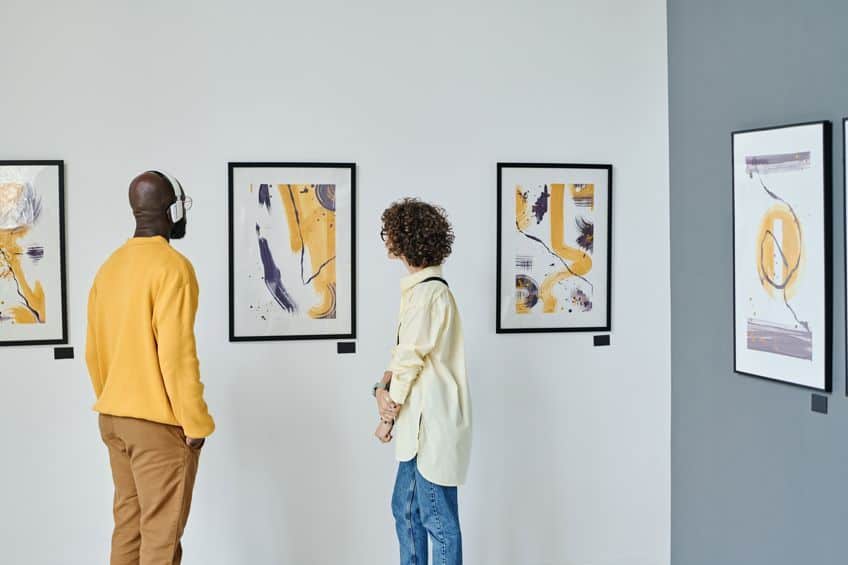
An objective view of art will involve looking through a data-driven lens, for example, an artwork will be evaluated according to the art elements like color, value, line, shape, form, texture, and space. These are compositional elements that create more structure to art and are also known as the “building blocks” of an artwork. There is depersonalization that occurs when an artwork is simply viewed according to its physical makeup, so to say. When the observer does not vest emotion into it, but a logical lens dissecting the visual form with tools like art elements and design principles.
Finding a Happy Medium
The debate between subjectivity and objectivity in art is complex and multifaceted with layers of meaning for each that may often seem confusing and perplexing, especially when trying to figure it out as standalone concepts.
However, finding a middle ground between both, through adopting a more flexible and broader perspective to both ideas, will provide a more sensible approach to understanding what art is because art is a complex subject in and of itself.
Two Sides of the Same Coin
This article explored the questions, “Is art subjective?” and “Why is art subjective?”, discussing this overarching idea in more detail, as well as providing a definition of subjectivity in art including its converse idea, objective art. It posed a case for and against art being subjective. It also included art examples, from the Renaissance to Modern art, to illustrate how these ideas can be put into practice, namely The Last Judgement by Michelangelo and The Fountain by Marcel Duchamp. Although these artworks are centuries apart, they share subjectivity.
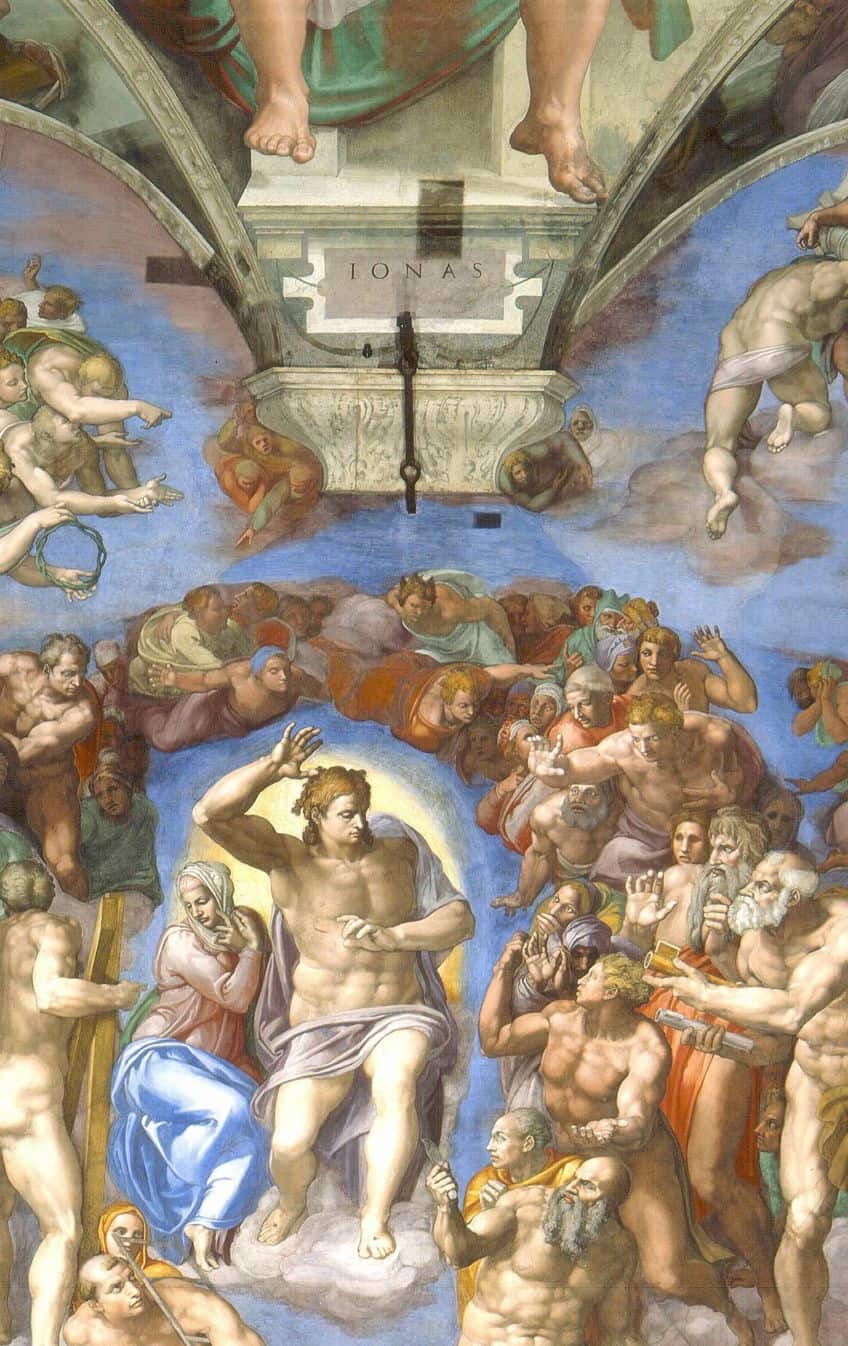
While both concepts have their validity and can be considered as separate ideas, they can also play off one another – you could even say these are both sides of the same coin. This article will leave this question open-ended for your personal tastes and perceptions to determine what it is for you.
Frequently Asked Questions
What Is Subjectivity in Art?
Subjective art involves emotionality when creating art. It is about the personal taste of the artist and the viewer. The artist creates a visual composition that can be perceived from various perspectives by the public. One person can find meaning in the art, while someone else can detest it.
What Is Objective Art?
Objective art can refer to the idea of objectively evaluating an artwork with less emotion and more factual criteria, such as the elements of art and principles of design. These can create the foundational aspects of a composition, however, there can still be a degree of subjectivity involved according to how these are utilized and applied.
Is Art Subjective?
Yes, art is subjective because it conveys the feelings and ideals of the artist, as well as evokes responses from those who view the artwork. Additionally, it is directly connected to personal tastes, likes and dislikes, and the artist’s intention for the meaning of the visual composition.
Nicolene Burger is a South African multi-media artist, working primarily in oil paint and performance art. She received her BA (Visual Arts) from Stellenbosch University in 2017. In 2018, Burger showed in Masan, South Korea as part of the Rhizome Artist Residency. She was selected to take part in the 2019 ICA Live Art Workshop, receiving training from art experts all around the world. In 2019 Burger opened her first solo exhibition of paintings titled, Painted Mantras, at GUS Gallery and facilitated a group collaboration project titled, Take Flight, selected to be part of Infecting the City Live Art Festival. At the moment, Nicolene is completing a practice-based master’s degree in Theatre and Performance at the University of Cape Town.
In 2020, Nicolene created a series of ZOOM performances with Lumkile Mzayiya called, Evoked?. These performances led her to create exclusive performances from her home in 2021 to accommodate the mid-pandemic audience. She also started focusing more on the sustainability of creative practices in the last 3 years and now offers creative coaching sessions to artists of all kinds. By sharing what she has learned from a 10-year practice, Burger hopes to relay more directly the sense of vulnerability with which she makes art and the core belief to her practice: Art is an immensely important and powerful bridge of communication that can offer understanding, healing and connection.
Nicolene writes our blog posts on art history with an emphasis on renowned artists and contemporary art. She also writes in the field of art industry. Her extensive artistic background and her studies in Fine and Studio Arts contribute to her expertise in the field.
Learn more about Nicolene Burger and the Art in Context Team.
Cite this Article
Nicolene, Burger, “Is Art Subjective? – Understanding Subjectivity in Art.” Art in Context. June 20, 2023. URL: https://artincontext.org/is-art-subjective/
Burger, N. (2023, 20 June). Is Art Subjective? – Understanding Subjectivity in Art. Art in Context. https://artincontext.org/is-art-subjective/
Burger, Nicolene. “Is Art Subjective? – Understanding Subjectivity in Art.” Art in Context, June 20, 2023. https://artincontext.org/is-art-subjective/.


